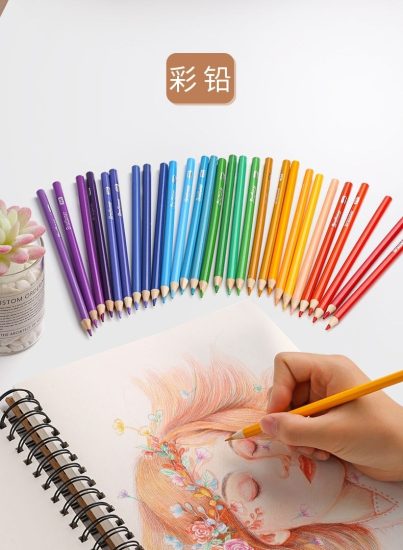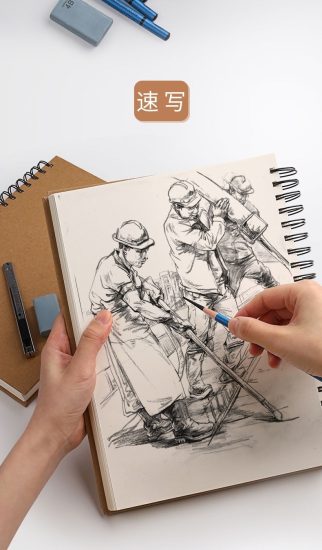Keeping your sketchbook organized is essential for maintaining a record of your artistic journey and being able to easily reference and reflect upon your work. Here are some tips for organizing your sketchbook effectively:
- Date your entries: Start each sketch or page with the date. This helps you track your progress and creates a chronological order of your artistic journey. It also allows you to see how your skills and style evolve over time.
- Use tabs or bookmarks: If you have specific sections or pages that you want to access quickly, consider using tabs or bookmarks. These can be adhesive tabs, paper clips, or even handmade bookmarks. Use them to mark important sketches, favorite pages, or specific themes you want to revisit.
- Create an index or table of contents: Reserve a few pages at the beginning or end of your sketchbook for an index or table of contents. List the page numbers and a brief description of the sketches or themes found on each page. This helps you locate specific sketches or themes easily without flipping through the entire sketchbook.
- Group sketches by theme or subject: Consider organizing your sketches by theme or subject matter. Create dedicated sections within your sketchbook for landscapes, portraits, still life, or any other categories that align with your artistic interests. This organization makes it easier to find and compare related sketches.
- Experiment with different layouts: Explore different page layouts to add visual interest and organization to your sketchbook. You can create collages of sketches, combine sketches with written notes or quotes, or create themed spreads that tell a story. Experimenting with layouts adds variety and helps you convey different moods or ideas within your sketchbook.
- Include written reflections or annotations: Accompany your sketches with written reflections, annotations, or notes. Write about the techniques you used, the inspiration behind each sketch, or any thoughts or emotions associated with your artistic process. These written entries provide context and deeper insights into your artistic journey.
- Use folders or pockets: If your sketchbook has a cover with pockets or if you can add folders or envelopes, utilize them to store loose sketches, references, or other small mementos related to your artwork. This keeps everything organized and prevents them from getting lost or damaged.
- Create a color swatch or material reference page: Reserve a page or spread to create a color swatch or reference chart of the art materials you frequently use. This serves as a handy reference for future sketches and helps you maintain consistency in your color choices and material usage.
- Regularly review and reflect: Set aside time to review your sketchbook periodically. Take the opportunity to reflect on your progress, identify areas for improvement, and celebrate your successes. Reflecting on your artistic journey helps you set goals, gain inspiration, and appreciate your growth as an artist.
- Embrace your own system: Ultimately, find an organizational system that works best for you. Everyone’s sketchbook organization will be unique, so don’t be afraid to experiment and adapt methods that suit your preferences and artistic process. The goal is to create a system that helps you stay organized, inspired, and connected to your artistic journey.
By implementing these sketchbook organization tips, you’ll be able to create a well-organized and meaningful record of your artistic journey. Your sketchbook will become a valuable tool for reflection, inspiration, and creative growth.


